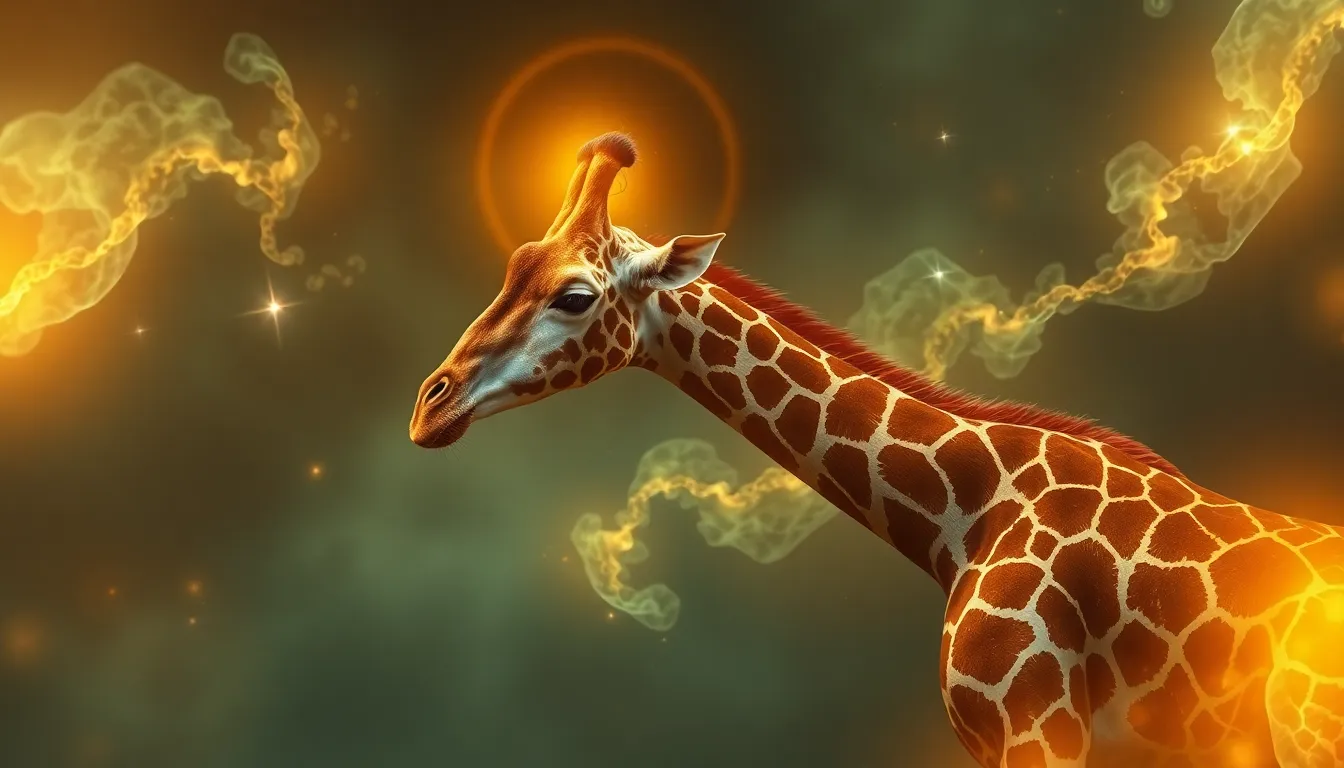Tanuki Myths: A Reflection of Japanese Society and Culture
I. Introduction
In Japanese folklore, the Tanuki, or Japanese raccoon dog, holds a significant place, embodying a rich tapestry of cultural narratives and societal reflections. Known for their playful nature and magical abilities, Tanuki are often depicted as shape-shifters who can transform into various forms, including humans. This article aims to explore the intricate relationship between Tanuki myths and Japanese culture, examining their historical contexts, symbolism, and relevance in contemporary society.
II. Historical Context of Tanuki Myths
A. Origins of Tanuki in Japanese Mythology
The origins of Tanuki in Japanese mythology can be traced back to ancient times, where they were often associated with rice fields and agricultural prosperity. They were believed to possess supernatural powers, including the ability to bring good fortune or mischief, depending on their whims. The earliest references to Tanuki can be found in texts such as the “Nihon Shoki” (Chronicles of Japan), where they are mentioned as creatures of the wild.
B. Evolution of Tanuki Stories Through Different Eras
Throughout the Heian period (794-1185), Tanuki were portrayed in literature and oral traditions as benevolent beings, helping humans in their endeavors. This perception shifted during the Edo period (1603-1868), where Tanuki became more associated with trickery and cunning, often featured in folk tales that highlighted their mischievous behavior. In modern times, Tanuki myths have evolved further, adapting to contemporary themes and issues while retaining their core characteristics.
III. Characteristics and Symbolism of Tanuki
A. Physical Traits and Abilities Attributed to Tanuki
Tanuki are characterized by their distinctive physical traits, including their large, round bellies and expressive faces. These traits contribute to their depiction as jovial and whimsical creatures. In folklore, they are often described as possessing the ability to shape-shift, allowing them to transform into various objects and beings, including humans, which symbolizes flexibility and adaptability.
B. Symbolism of Transformation and Shape-shifting in Tanuki Mythology
The symbolism of transformation and shape-shifting is central to Tanuki mythology. This ability represents the fluidity of identity and the complexity of existence. Tanuki serve as a metaphor for the unending changes in life and the nature of human experience, reminding individuals that appearances can be deceiving and that one’s true self may not always be visible.
C. Representation of Trickster Archetype in Folklore
As tricksters, Tanuki challenge societal norms and conventions. They often deceive humans for their amusement or to teach lessons about greed, pride, and other human flaws. This archetype serves not only as entertainment but also as a vehicle for social commentary, highlighting the imperfections within human behavior.
IV. Tanuki in Japanese Art and Literature
A. Depictions of Tanuki in Traditional Art Forms
Tanuki have been a popular subject in traditional Japanese art forms, including ukiyo-e woodblock prints and pottery. Artists often depicted them in playful scenarios, showcasing their mischievous nature and magical abilities. Famous works, such as those by Hiroshige and Hokusai, feature Tanuki in various roles, from benevolent helpers to cunning tricksters.
B. Influence of Tanuki in Contemporary Literature and Popular Media
In modern literature and popular media, Tanuki continue to capture the imagination of audiences. They appear in various forms, from children’s books to anime and video games, often symbolizing resilience and adaptability in a rapidly changing world. Notable works include the animated film “Pom Poko” by Studio Ghibli, which explores themes of environmentalism and cultural identity through the lens of Tanuki characters.
V. Tanuki and Nature: Environmental Reflections
A. Tanuki as a Representation of Nature and the Animal World
Tanuki are often viewed as embodiments of nature itself, representing the harmony and interconnectedness of the animal world. Their presence in folklore serves as a reminder of the importance of respecting and coexisting with nature, highlighting the delicate balance between human development and environmental preservation.
B. The Role of Tanuki in Promoting Harmony Between Humans and Nature
In many Tanuki stories, these creatures act as mediators between humans and the natural world, often intervening when human actions threaten the environment. By portraying Tanuki as protectors of nature, folklore emphasizes the need for stewardship and the consequences of neglecting the natural world.
VI. Social Commentary in Tanuki Myths
A. Tanuki’s Role in Critiquing Societal Norms and Human Behavior
Tanuki myths often serve as a critique of societal norms and human behavior. Through their trickster antics, they expose human flaws such as greed, selfishness, and hypocrisy. These stories encourage self-reflection and highlight the importance of humility and kindness in a society driven by competition.
B. Reflection of Economic and Social Issues Through Tanuki Stories
Throughout history, Tanuki stories have mirrored economic and social issues faced by Japanese society. During times of hardship, such as the Edo period, Tanuki were often depicted as resourceful survivors, embodying resilience in the face of adversity. Their tales resonate with audiences, reflecting the struggles and triumphs of everyday life.
VII. Tanuki in Modern Japanese Culture
A. The Resurgence of Tanuki in Pop Culture
In recent years, Tanuki have experienced a resurgence in Japanese pop culture, appearing in anime, video games, and merchandise. Their whimsical nature and transformative abilities make them appealing characters for storytelling. This revival speaks to a broader cultural fascination with folklore and the desire to reconnect with traditional narratives in an increasingly globalized world.
B. Tanuki as a Symbol of Resilience and Adaptation in Contemporary Society
As symbols of resilience and adaptation, Tanuki embody the spirit of innovation and resourcefulness in contemporary Japanese society. They remind individuals of the importance of embracing change and finding creative solutions to challenges. In a world marked by rapid transformation, Tanuki serve as a beacon of hope and adaptability.
VIII. Conclusion
In conclusion, Tanuki myths are a profound reflection of Japanese society and culture, encapsulating themes of transformation, trickery, and the relationship between humans and nature. From their historical origins to their modern cultural significance, Tanuki continue to resonate with audiences, offering insights into human behavior and societal values. The enduring legacy of Tanuki in Japanese folklore underscores their relevance today, reminding us of the wisdom embedded in these ancient stories and the importance of harmony between humanity and the natural world.



